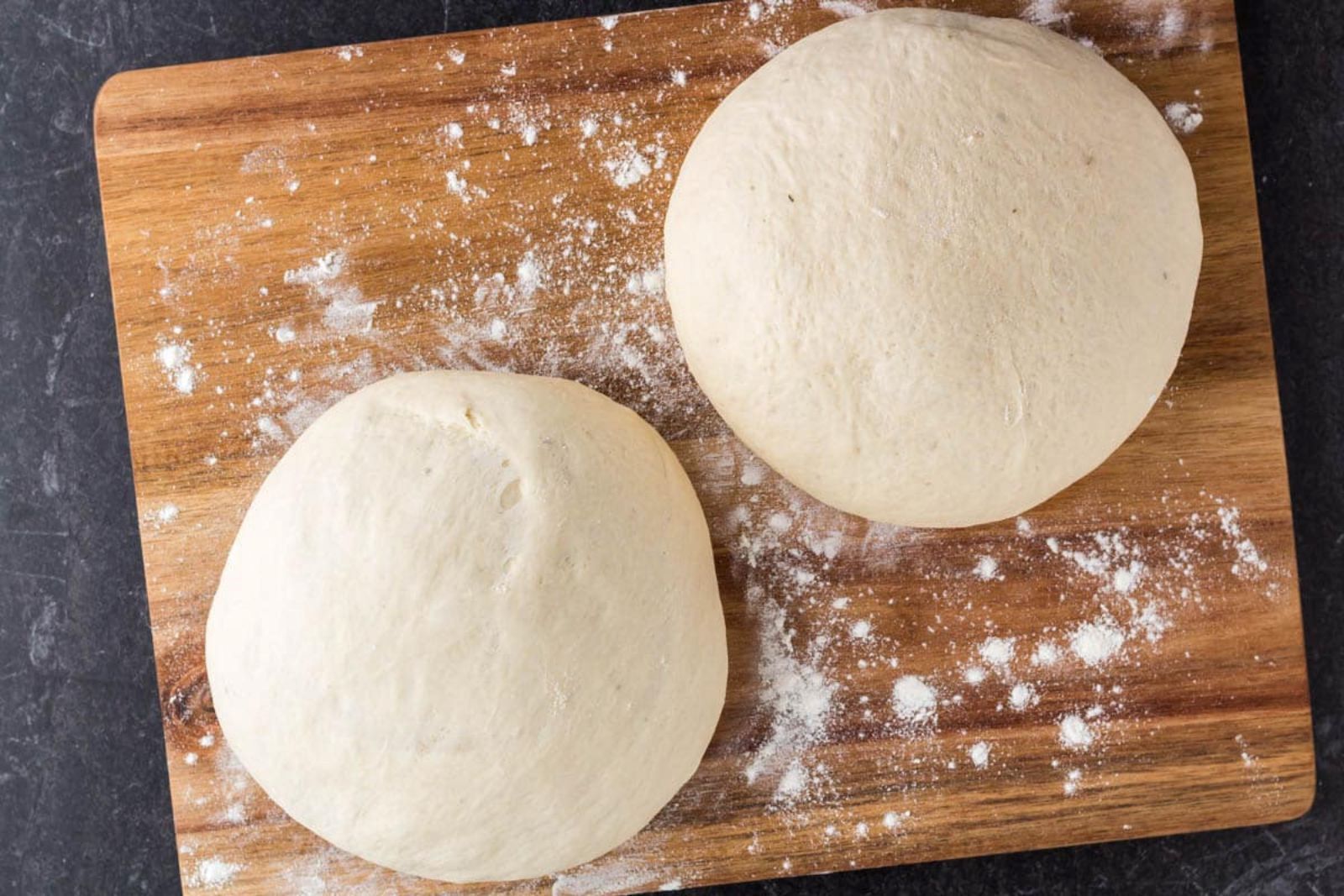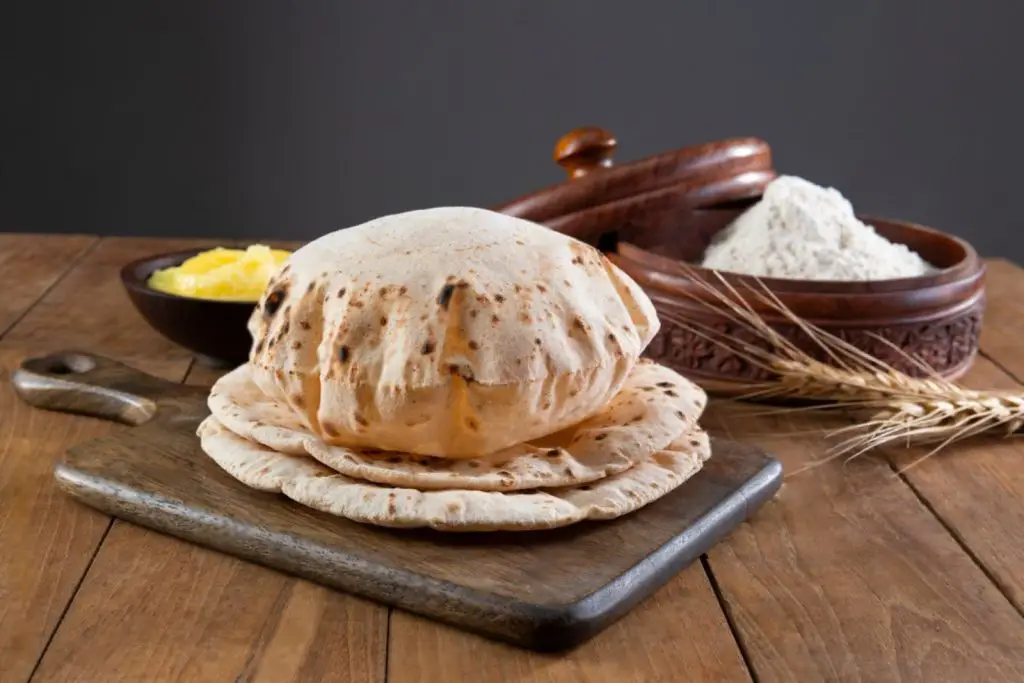
Yeast dough is a versatile and essential component in bread-making and various baked goods. It is created by combining flour, yeast, water, and often other ingredients like sugar, salt, and fats. The yeast in the dough helps the mixture rise and creates airy and light textures in the final product. From classic bread loaves to pizza dough, cinnamon rolls, and buns, yeast dough forms the foundation for a wide range of delicious treats.
If you find yourself with excess dough or want to prepare it in advance for later use, freezing can be an excellent method to preserve its freshness and convenience. Freezing yeast dough allows you to have the homemade dough ready to go whenever you want to bake fresh bread or pastries, ensuring that you can enjoy the pleasure of freshly baked goods with minimal effort. In the following section, we will explore the process of freezing yeast dough and provide tips for maintaining its quality and rising capabilities after thawing.
Here are the steps to freeze yeast dough:
Step 1: Shape it into a ball or portion it into individual portions.
After preparing yeast dough, the next step in freezing is shaping it into a ball or dividing it into individual portions, depending on the intended use. Shaping the dough into a ball is ideal for freezing bread or pizza dough while dividing it into individual portions is useful for freezing dough for rolls, buns, or other small pastries.
To shape the dough into a ball, place it onto a lightly floured surface and fold the edges of the dough towards the center, rotating the dough as you go until a round, smooth ball forms. If you are portioning the dough, use a sharp knife or dough scraper to cut the dough into equal-sized pieces.
After shaping or portioning the dough, lightly flour the surface and cover the dough with a clean kitchen towel or plastic wrap to prevent it from drying out. This will also help to protect the dough while it is being stored in the freezer.
How soon after making the dough should I freeze it?
It’s best to freeze yeast dough as soon as possible after making it to ensure its quality. Once the dough has been mixed and shaped, it can be immediately wrapped tightly in plastic wrap or aluminum foil and placed in the freezer. Freezing the dough soon after making it will help to preserve its texture and flavor. If the dough is left to sit at room temperature for too long, the yeast may become overactive, causing the dough to become over-proofed and lose its structure, which can result in a denser final product.
Can I freeze yeast dough that has already risen?
Yes, you can freeze yeast dough that has already risen, but it may affect the texture of the final product. The yeast will continue to work during freezing, which can cause the dough to become over-proofed and lose its structure. To freeze risen dough, punch it down and shape it into a ball, then wrap it tightly in plastic wrap or aluminum foil and freeze immediately. When ready to use, thaw the dough in the refrigerator overnight or at room temperature for a few hours before shaping and baking.
Step 2: Place the dough in a freezer-safe airtight container.
The next step is to store it in a freezer-safe, airtight container or bag. This will help to prevent freezer burn and protect the dough from absorbing any unwanted odors or flavors from other foods in the freezer.
When choosing a container or bag, it’s important to ensure that it is freezer-safe and airtight to prevent the dough from drying out or becoming stale. A sturdy plastic container or heavy-duty plastic bag can work well for this purpose. To pack the dough into the container or bag, gently place the shaped or portioned dough inside, leaving a little bit of space at the top to allow for expansion as the dough freezes. Squeeze out any excess air from the container or bag and seal it tightly.
Step 3: Place the container in the freezer.
The next step is to place it in the freezer. When placing the container in the freezer, it’s important to choose a level spot to ensure that the dough freezes evenly. Avoid overcrowding the freezer and ensure that there is enough space around the container or bag for air to circulate freely.
It’s also important to note that yeast dough can be frozen both before and after it has been shaped. Freezing before shaping is useful for recipes that require a long proofing time or for preserving dough that has been mixed in large batches. Freezing after shaping is ideal for bread or pizza dough that can be easily thawed, shaped, and baked without requiring additional proofing time.
Step 4: Thaw and reheat.
The best way to do this is to remove the dough from the freezer and place it in the refrigerator overnight. Allowing the dough to thaw slowly in the refrigerator will prevent it from becoming too wet or sticky, which can happen if it is left at room temperature or thawed in the microwave. It will also allow the dough to rise gradually, resulting in a better texture and flavor.
Once the dough has thawed in the refrigerator, remove it from the container or bag and place it on a lightly floured surface. Bring the dough to room temperature and allow it to rise again before shaping and baking it.
The amount of time required for the dough to rise will depend on the recipe and the ambient temperature. Typically, it can take between 1 to 2 hours for the dough to come to room temperature and rise to the desired level. It’s important to handle the dough gently during this process, as it may be delicate after being frozen. Once the dough has risen to the desired level, shape it according to the recipe and bake it as directed.
Other related questions
How long do you freeze yeast dough in the freezer?
Yeast dough can be frozen for up to 3 months while preserving its quality. After the dough has risen and is ready for freezing, divide it into portions or shape it into desired forms. Wrap each portion tightly with plastic wrap or place them in airtight freezer bags. Proper packaging is crucial to prevent freezer burn and maintain freshness. Label the packaging with the freezing date for easy reference. When ready to use, thaw the frozen dough in the refrigerator overnight or at room temperature until it becomes pliable. Avoid refreezing previously frozen dough to maintain its texture and rise.
Can I refreeze yeast dough after it has been previously thawed?
It’s generally not recommended to refreeze yeast dough once it has been previously thawed because this can affect its texture and quality. When frozen, the water in the dough forms ice crystals, which can damage the gluten structure and change the texture of the dough. Thawing and refreezing the dough can cause additional damage to the gluten structure, resulting in a denser final product. Additionally, the yeast may have lost some of its leavening power during the first freezing and thawing, which can affect the dough’s ability to rise properly.
How do I know if the yeast dough has gone bad in the freezer?
If yeast dough has gone bad in the freezer, it may have freezer burn, which can cause it to become dry and discolored. The texture and smell of the dough may also be affected. Additionally, if the dough has been in the freezer for an extended period, it may have lost its leavening power and won’t rise properly when baked. It’s best to use frozen yeast dough within 2-3 months to ensure its quality. If you’re unsure if the dough is still good, it’s better to err on the side of caution and discard it.
Can I use frozen yeast dough with the fresh one?
Yes, you can use frozen yeast dough with fresh dough. When mixing the two, it’s important to allow the frozen dough to thaw completely and reach room temperature before combining it with fresh dough. This will ensure that both types of dough rise properly and bake evenly. Be aware that the texture of the final product may be slightly different due to the freezing and thawing process, but it should still be tasty and enjoyable.
How does freezing affect the yeast in the dough?
Freezing can affect the yeast in the dough by slowing down its activity, but it doesn’t kill the yeast. During freezing, the yeast becomes dormant and resumes its activity once the dough is thawed and brought to room temperature. However, the yeast may continue to work during freezing, causing the dough to become over-proofed and lose its structure. This can result in a denser final product. To avoid this, it’s best to freeze the dough as soon as possible after it’s been mixed and shaped.
Can I freeze yeast dough that contains eggs or dairy?
Yes, you can freeze yeast dough that contains eggs or dairy, but the dough may be slightly affected by the freezing process. The moisture content of the dough can change during freezing, which can affect the texture of the final product. However, the difference is usually minor and the dough is still safe to eat. To freeze dough containing eggs or dairy, wrap it tightly in plastic wrap or aluminum foil and freeze it immediately. Thaw the dough in the refrigerator overnight or at room temperature for a few hours before shaping and baking.
Can I freeze yeast dough that has been flavored with herbs or spices?
Yes, you can freeze yeast dough that has been flavored with herbs or spices. The flavor of the dough may be slightly affected by freezing, but the difference is usually minor. To freeze the flavored dough, shape it into a ball and wrap it tightly in plastic wrap or aluminum foil. Be sure to label the package with the type of dough and the date it was frozen. When ready to use, thaw the dough in the refrigerator overnight or at room temperature for a few hours before shaping and baking.
Can I freeze dough that has been kneaded by hand or do I need a stand mixer?
You can freeze yeast dough that has been kneaded by hand or with a stand mixer. The kneading method doesn’t affect the dough’s ability to freeze or its final texture after thawing. However, be sure to knead the dough thoroughly to develop the gluten structure before freezing. This will ensure that the dough has a good texture when thawed and baked. Also, be sure to wrap the dough tightly before freezing to prevent freezer burn and moisture loss.
Can I freeze different types of yeast dough, such as pizza dough or bread dough?
Yes, you can freeze different types of yeast dough, such as pizza dough or bread dough. The process for freezing and thawing these different types of dough is the same. Be sure to shape the dough into a ball and wrap it tightly in plastic wrap or aluminum foil before freezing to prevent freezer burn and moisture loss. When ready to use, thaw the dough in the refrigerator overnight or at room temperature for a few hours before shaping and baking.








